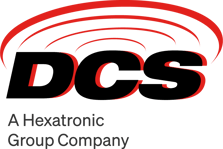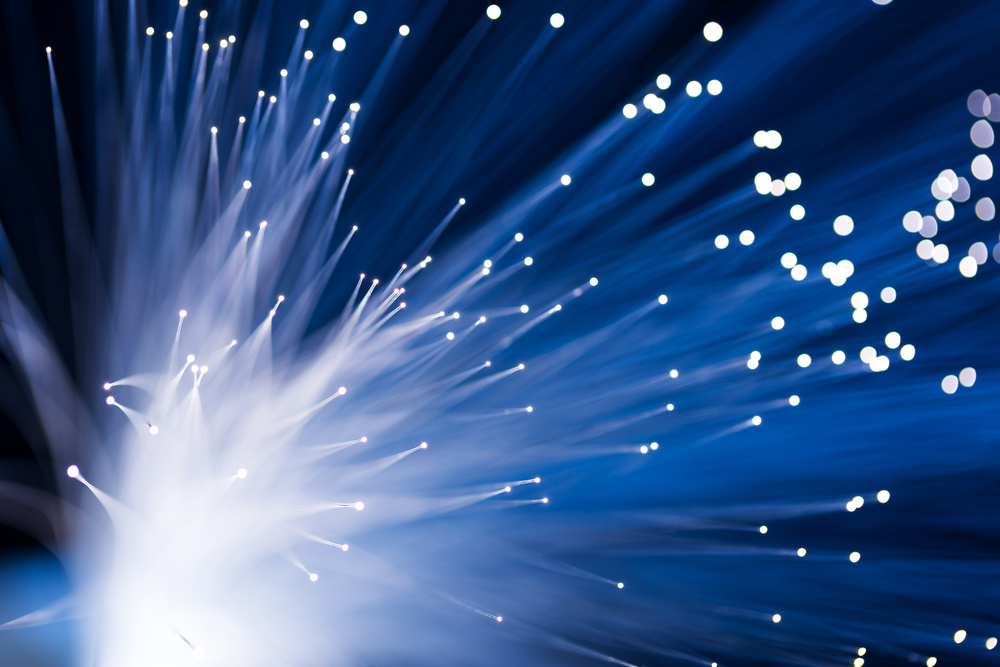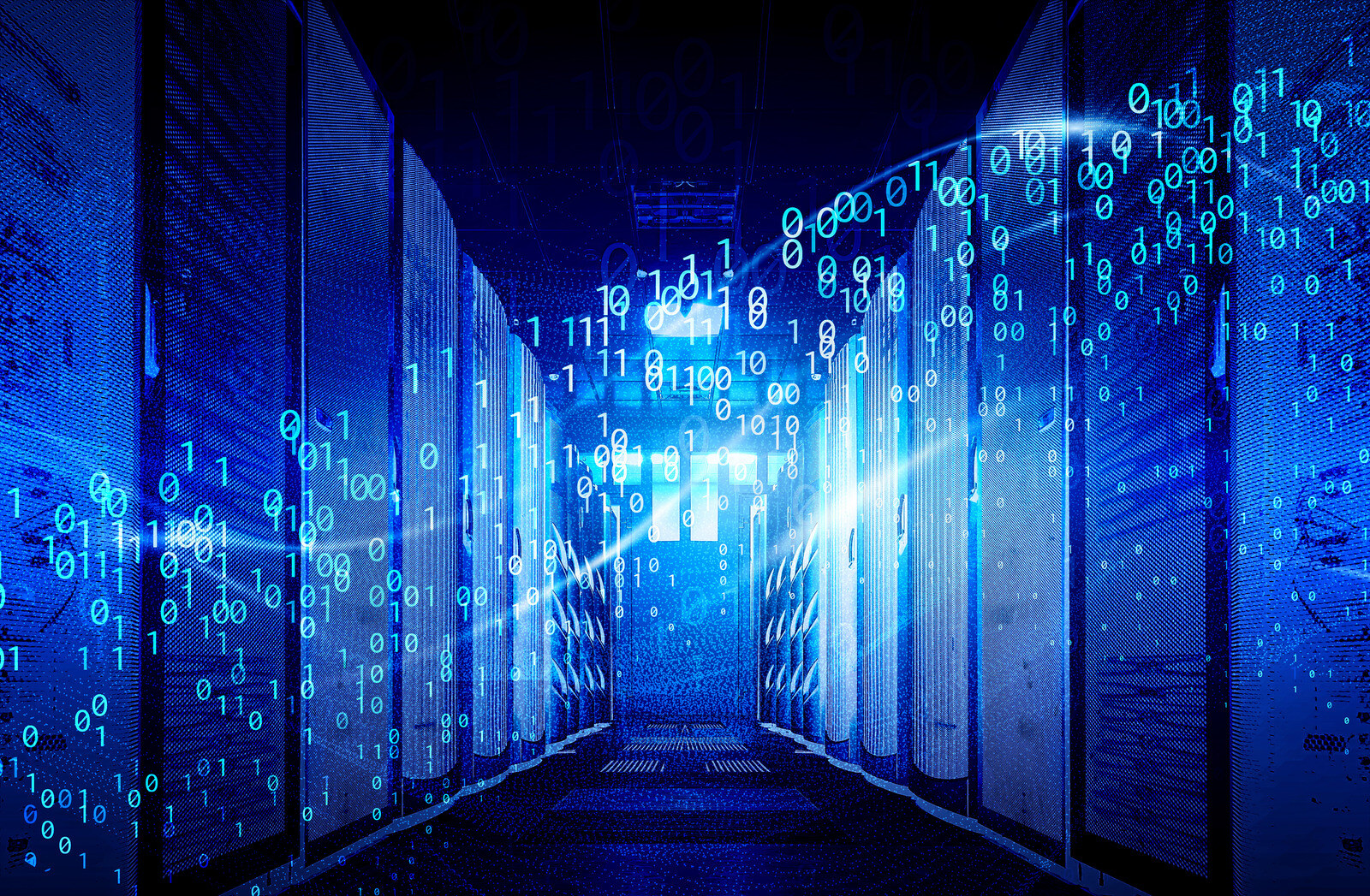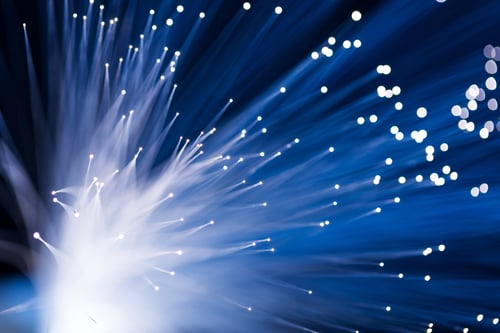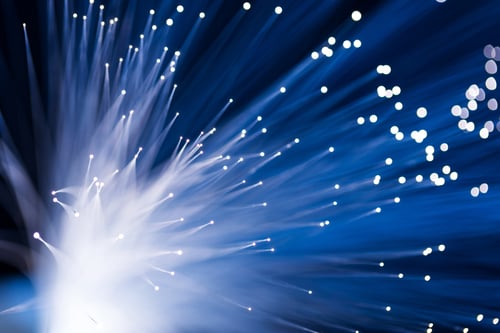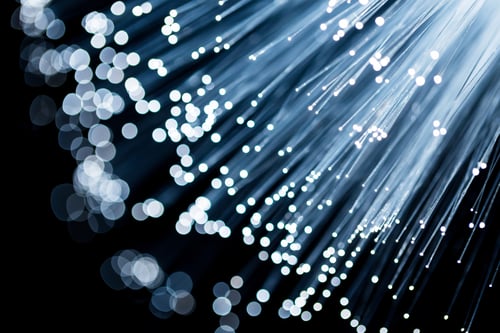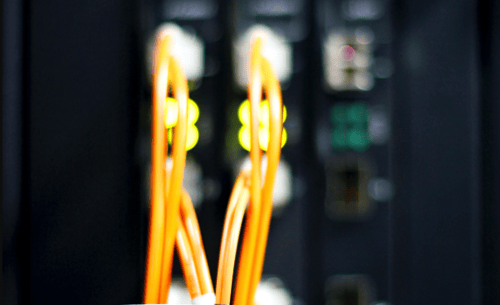Maximizing Data Center Connectivity with Fiber Optic Upgrades
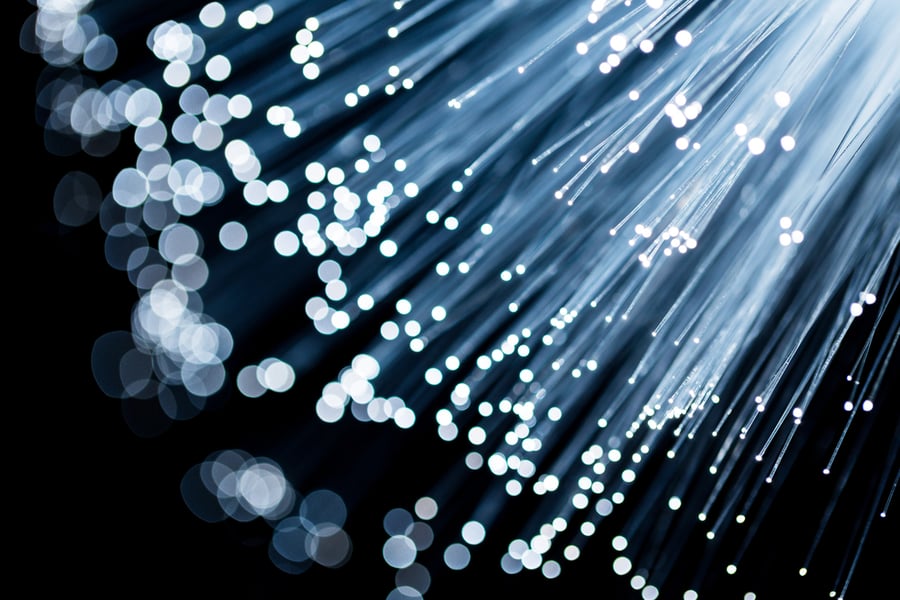
Maximizing data center connectivity performance is a top priority in today’s fast-paced digital landscape, and to maintain unparalleled speed, reliability, and scalability, data centers are turning to one transformative solution: fiber optic cable upgrades.
Much as farms were the cornerstone of agrarian life, data centers serve as the backbone of our digital world, housing vast amounts of information and facilitating seamless communication between devices around the world.
“Data centers are springing up around the world to handle the torrent of information from the expanding web of devices ingrained in people’s lives and the economy. Managing that digital information gusher is big business,” reported NPR.
In these critical infrastructures, optimizing connectivity performance is of paramount importance, not only today but for the future as data center operators look to create a foundation for future technology and protect their investment for years to come.
The Need for Speed and More! Data Center Connectivity
Connectivity performance refers to the ability of a data center to establish fast and reliable connections between various components, such as servers, storage devices, and networking equipment.
While the need for speed might be the first thing that springs to mind when thinking about data center connectivity performance, there are many more factors to consider including:
-
Bandwidth
-
Latency
-
Reliability
-
Scalability
-
Security
“To achieve optimum performance, providers must embark on a journey from design and construction, through deployment, operation, and optimization, leveraging emulation, automation, and analytics to ensure their customers’ needs are met at every step of the way,” Daren Watkins wrote in Data Center Dynamics.
Rather than dealing in terms of speed only, achieving data center high connectivity performance equates more to efficiency and optimization with the desired outcome leading to:
-
Smooth data transmission.
-
Reduced latency-related delays.
-
Enhanced system responsiveness.
-
Enabled efficient handling of increasing data demands.
Advantages of Fiber Optic Cables in Data Centers
Fiber optic cables have gained prominence in data centers due to their numerous advantages over traditional copper cables. Let's explore some key benefits:
-
Greater Bandwidth: Fiber optic cables provide significantly higher bandwidth capabilities compared to copper cables. They can transmit larger amounts of data at faster speeds, allowing data centers to meet the growing demands of bandwidth-intensive applications and services.
-
Low Latency: Fiber optic cables offer minimal signal degradation, resulting in lower latency and reduced data transfer delays. This characteristic is particularly crucial for real-time applications like financial transactions, video streaming, and cloud-based services, where even minor delays can have significant consequences.
-
Long-distance Transmission: Fiber optic cables enable data centers to establish connections over longer distances without sacrificing performance. Unlike copper cables, which experience signal degradation over longer spans, fiber optics can maintain consistent speeds and quality over distances ranging from a few meters to hundreds of kilometers.
-
Enhanced Scalability: Data centers need to scale their operations as demand increases. Fiber optic cables provide the necessary infrastructure to accommodate higher data volumes and support future expansion. They can handle greater data throughput without requiring significant infrastructure modifications.
-
Improved Security: Fiber optic cables offer higher security levels compared to copper cables. Since fiber optics transmit data using light signals, they are more challenging to intercept and tap into, making them less vulnerable to electromagnetic interference and data breaches.
-
Immunity to Electromagnetic Interference: Fiber optic cables are immune to electromagnetic interference (EMI) since they transmit data using light signals. This immunity makes them highly reliable in environments with high levels of electromagnetic noise, such as data centers with multiple electronic devices and networking equipment.
-
Thinner and Lighter Cables: Fiber optic cables are thinner and lighter compared to copper cables, allowing for easier cable management and installation in data center environments. This advantage simplifies the routing of cables, optimizes space utilization, and reduces the overall physical load on the infrastructure.
-
Energy Efficiency: Fiber optic cables consume less power compared to copper cables. This energy efficiency is crucial for data centers striving to reduce their carbon footprint and operational costs. By upgrading to fiber optics, data centers can achieve higher data transmission rates while minimizing power consumption.
-
Flexibility and Design Versatility: Fiber optic cables offer greater flexibility and design versatility, enabling data centers to adapt to different layouts and configurations. They can be easily installed in tight spaces, bent around corners, and routed through intricate pathways, providing flexibility in cable management and infrastructure design.
-
Compatibility with Evolving Technologies: Fiber optic cables are compatible with emerging technologies such as 5G, Internet of Things (IoT), and artificial intelligence. Upgrading to fiber optics ensures that data centers can support these advanced technologies and future-proof their infrastructure for upcoming developments.
Key Consideration When Upgrading Your Data Center to Fiber Optic Cabling
Upgrading to fiber optic cabling in data centers involves a combination of planning, implementation, and coordination.
The process can be moderately challenging, but with proper expertise and support, it is achievable. Here are some key considerations for data center operators:
-
Assessment and Planning: Data centers need to assess their current infrastructure, bandwidth requirements, and the scope of the upgrade. A detailed plan should be created, outlining the areas that require fiber optic installations, cable routes, and potential challenges.
-
Infrastructure Modifications: Data centers may need to make infrastructure modifications to accommodate fiber optic cables. This includes evaluating existing ductwork, cable trays, and pathways to ensure they can support the new cables. It may involve adjusting racks, cabinets, and networking equipment as well.
-
Fiber Optic Installation: Trained professionals with expertise in fiber optic installation should handle the actual cable installation. This involves careful handling of delicate fiber strands, splicing and termination, and testing for proper signal integrity.
-
System Integration and Testing: Once the cables are installed, data center operators need to integrate them into the existing networking infrastructure. This includes connecting them to switches, routers, and servers. Rigorous testing should be conducted to ensure proper connectivity, signal strength, and data transmission performance.
-
Training and Maintenance: It is crucial to train data center staff on fiber optic technology, maintenance procedures, and troubleshooting techniques. Regular maintenance and inspections should be carried out to ensure the continued performance and reliability of the fiber optic cables.
While the process of upgrading to fiber optic cables may require careful planning and execution, data center operators can leverage the expertise of professional installers and consultants like Data Center Systems (DCS) to ensure a smooth transition.
Contact DCS today to find out more about our professional services that include infrastructure design that ensures structured cabling best practices for your data center along with the installation of layer one infrastructure, including overhead conveyance, central patching location (CPL), patch panels, and zone solutions, along with the installation of multi-fiber trunks and patch cords, as necessary.
Subscribe to News
Recent posts
LATEST NEWS
Monday August 7, 2023
